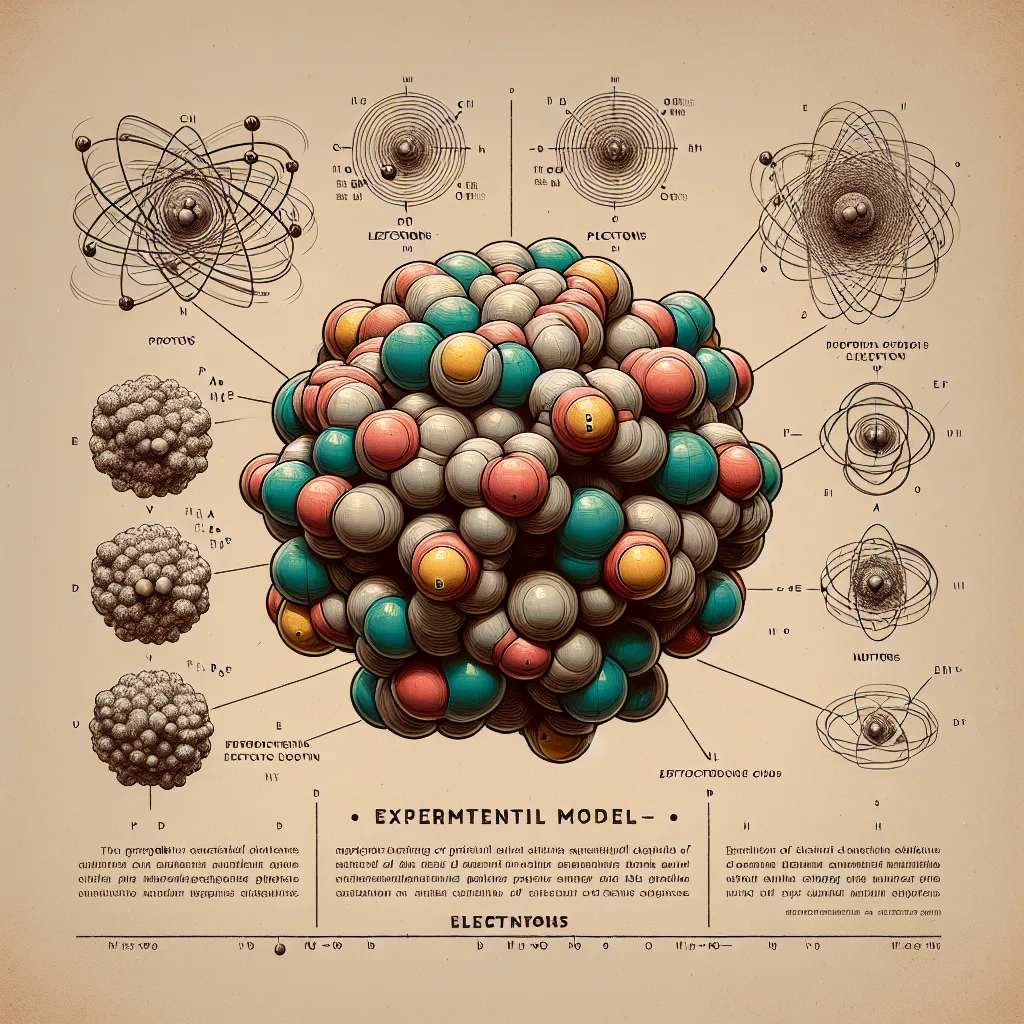Imagine we’re in a school cafeteria. I hand you a fig bar. Simple, right? You’ve got the fig bar now, and I don’t. We don’t need anyone to step in and verify this exchange because it’s clear-cut and straightforward.
Now, let’s step into the digital world. Instead of a physical fig bar, I have a digital fig bar. This digital fig bar is just some numbers in a computer file, and I email it to you. You should have it now, and I shouldn’t, right? Well, it’s not that simple. What if I carbon-copy ten other people on the same email? What if I keep a copy for myself? This messes things up, right? This dilemma is a core issue digital currencies have faced for years.
Cryptocurrencies like Bitcoin solve this problem uniquely and effectively. Think of it this way: What if every person nearby could see the transaction take place, and they could verify that I truly sent the digital fig bar only to you? No way I’d convince each person to lie about it. This public verification means honesty is built into the system.
Bitcoin works on a protocol that records all its transactions in something called a blockchain. This blockchain is public and open-source, meaning anyone can look into it. Every time a transaction happens, a new block is added to the chain. Hence the name “blockchain.” It’s essentially a ledger that everyone can see and verify.
Whenever a new transaction occurs, the public collectively verifies it. As long as everyone agrees the transaction is valid, it gets added to the blockchain. This consensus ensures the system’s integrity without the need for a central authority, like a bank or a government, to vouch for its authenticity.
This public verification process makes cryptocurrencies highly reliable. It’s a form of social authentication powered by many, rather than controlled by one. And that’s what makes digital currencies like Bitcoin so revolutionary and powerful.






